Cork flooring, pros & cons
Cork is a renewable resource, harvested from trees without killing them. Although it comes from far away (mostly Portugal), its carbon footprint from transportation is quite reasonable given that it is light-weight and can be made very thin - so a lot packs into a shipping container. Cork flooring is hypoallergenic, warm underfoot, makes controlling dust & dustmites easy and if you choose the right cork flooring tiles and install it with the right products, it doesn't off-gas toxins into our homes either - contributing to better and healthier interior air quality - making it one of the most sensible, affordable and agreeable Eco-friendly flooring choices available.
The Edelweiss House is a slab-on-grade concrete floor covered with 1/8 thick pre-finished cork tiles from Lusimat, installed with a Zero VOC GreenForce adhesive from Bostik. We thank them both for taking part in this project, helping us reach our target of LEED Platinum while creating a healthy and beautiful interior living space.
For more home building inspiration, check out our newest concept house, the LEED V4 Platinum Wakefield House with solar air heated floors. And For more DIY Green Home Building Videos suscribe to our YouTube channel to see the the Edelweiss House being built from the ground up.
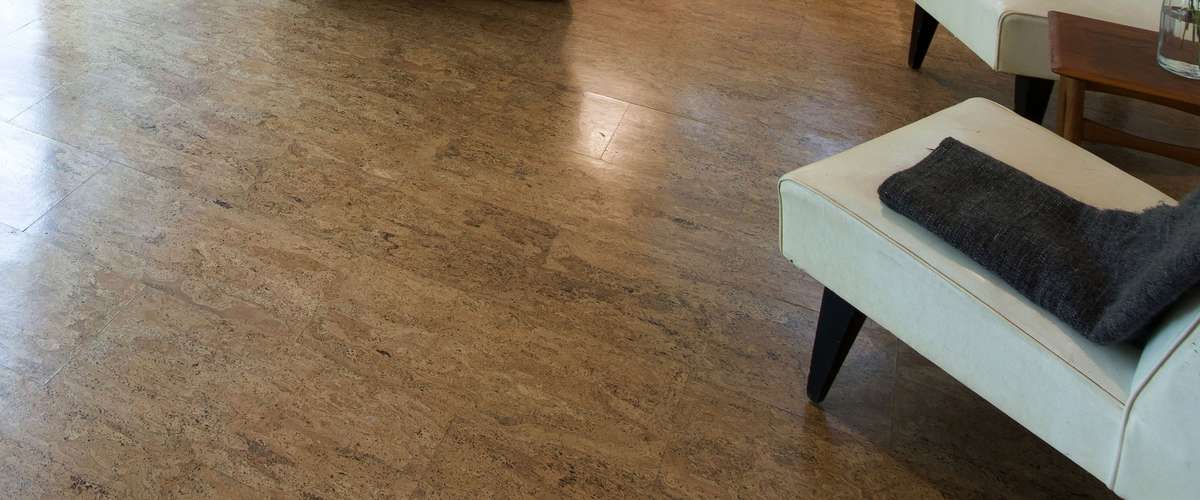









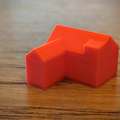
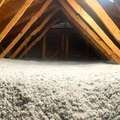




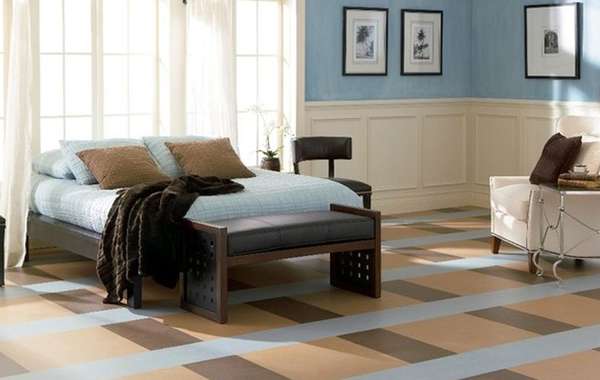
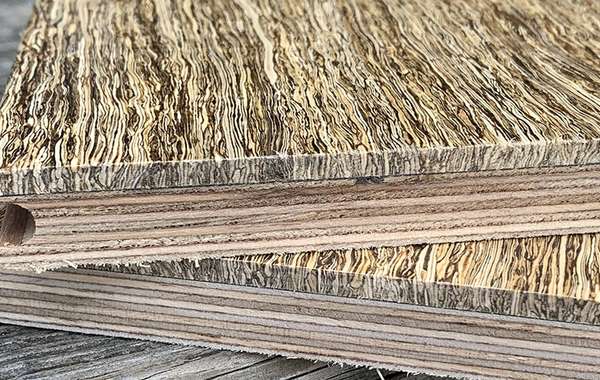
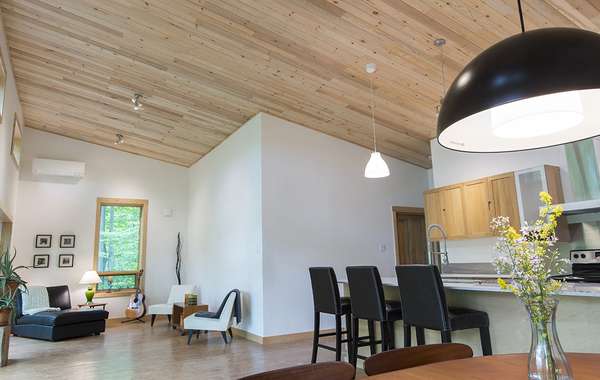
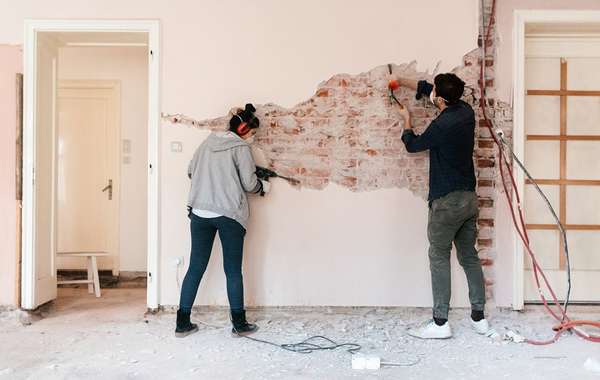
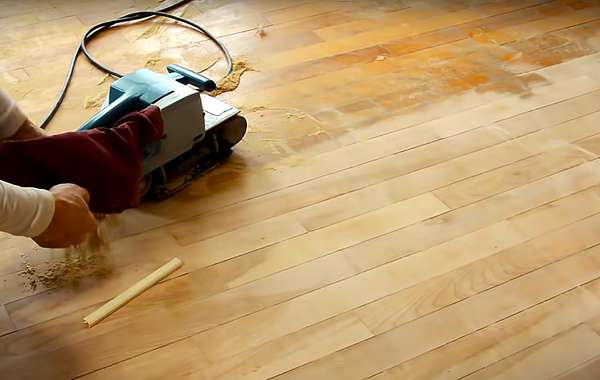
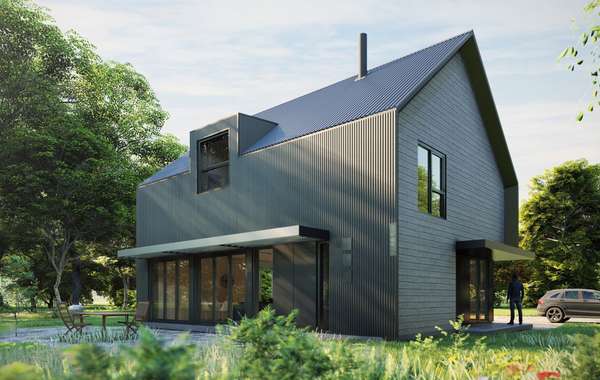
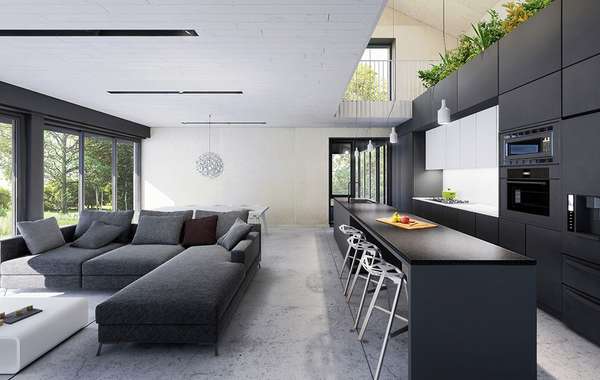
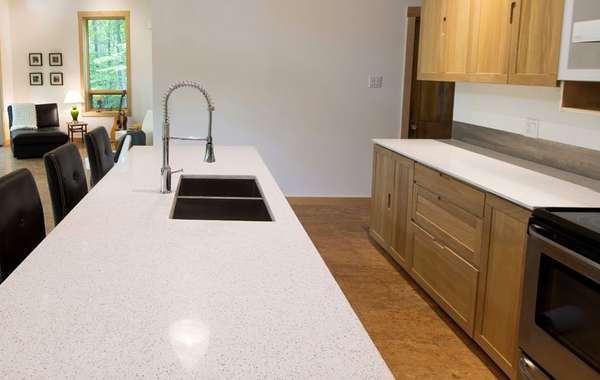
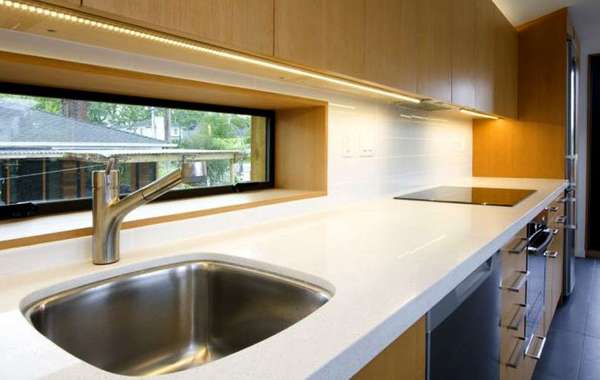
As I read this I am curious as to the heating load loss on your cement pads thermal mass by putting this product down
Hi Lee,
I think you are asking if the cork insulates it and reduces the heat transfer, right? It would in a minor way, but the insulation value of 3/16ths of an inch of cork is next to nothing compared to the 8 inches of insulation underneath (R32), so it really wasn't a concern for us.
How does the cork material hold up to UV rays if located in the south facing room areas?
We have it over the whole floor including in front of the south facade and after about 5 years It's doing fine. There isn't really any noticeable fading any more than you'd expect from wood floors etc.
Mike, are you still glad you put radiant heat in the floors, given that you have a cork layer to keep your feet warm? If I do cork over the slab, should I still use radiant heat as well as a mini split? It's very hard to build a house with few, and simple, systems! Also, I'd love to see a lessons-learned, or what-to-do-differently video on the Edelweisse house!
Hi Ann,
Yes, very glad. Even with 8 inches of insulation and a layer of cork, it wasn't super warm when we operated it with only the heat pump. Radiant heating is a very comfortable heat source compared to forced air. Since you are walking on it all the time, and particularly with polished concrete floors that have no additional covering, not having heat will always be noticeable since your body will (almost) always be warmer than your house, and so the floor will actually be sucking the heat from you feet anytime you're in contact with it. A lot of Passive House projects I've seen start with a well insulated slab on grade but omit floor heating based only on heat load calculations and not wanting to invest in the seemingly high cost of a heating system. Saving money on infrastruture is always great, but comfort in your home is great too! Here is an article that covers that, so have a read ahead of building just to be sure - How to design a home for thermal comfort
Also, our latest demo house has a solar air heated slab on grade floor, so it is very efficient but also comfortable.
Is your concrete slab part of the thermal mass of the building? If so, does the cork has a negative impact on the performance of the thermal mass or with only 1/8 it is negligeable? Do you recommend other material to cover the concrete when we want to use the slab as a thermal mass?
thank you!